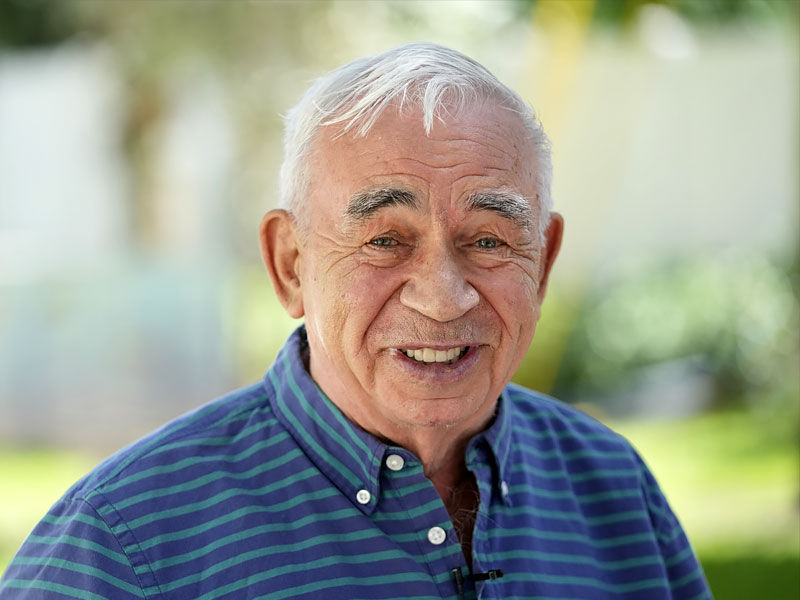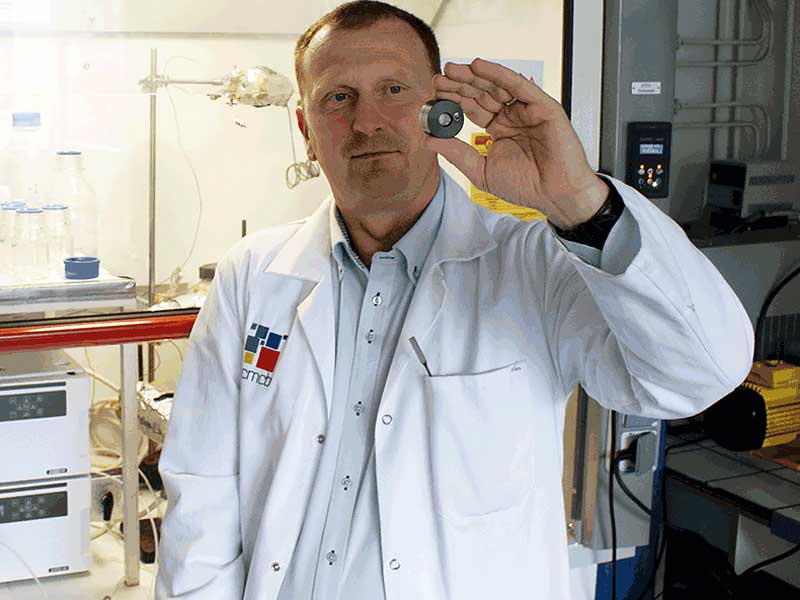Semiconducting quantum dots are a thousandth the width of a human hair. Herbert Froehlich, a scientist, predicted in 1937 that particles, or so-called nanoparticles, would fall under the odd sway of quantum physics if they were small enough.
Judith Giordan, president of the American Chemical Society, advised people to “think of it like a little box” to understand this quantum phenomenon. She told AFP that when a particle is sufficiently small, the electron “is going to whack into the sides of the box.”
The electrons would hit the sides of a bigger box less frequently, which would result in them having less energy. The larger boxes for quantum dots emit red light, whereas the smaller ones display blue light.

This means that scientists can make their crystals red, blue, or any color in between simply varying the particle size. Working with the nanomaterial was like “watching rainbows all day,” according to Leah Frenette, a quantum dot specialist at Imperial College London, who spoke to AFP.
However, it wouldn’t be until 40 years after Froehlich’s forecast that anyone was able to see this phenomenon for himself. One of Wednesday’s new laureates, physicist Alexei Ekimov, who was born in Russia, melted colored glass in the early 1980s and examined the results with X-rays.

He also realized that this was a quantum effect when he noted that the smaller particles were more blue. The material was difficult to work with because it was glass, and the publication in a Soviet scientific magazine meant that few people paid attention.
Also, Read R21/Matrix-MTM: World’s 2nd Malaria Vaccine gets approval WHO
Around the same time, Louis Brus, a fellow new laureate who was unaware of Ekimov’s work, made the initial discovery of this vibrant quantum effect in a liquid solution.
Johan Aqvist, a member of the Nobel Committee, remarked, “For a long time, nobody imagined you could truly manufacture such small particles, but this year’s laureates succeeded.
Quantum dots have to be made in solution with precise control over their size and surface, though, in order to be truly helpful. In 1993, French-born Moungi Bawendi, the third recent Nobel laureate, discovered a method to accomplish this in his lab at the Massachusetts Institute of Technology.
Bawendi was able to produce large quantities of nanocrystals by accurately regulating the temperature of a liquid solution of particle mixtures known as colloids.
Where do quantum dots come into play?
“QLED” televisions are presumably where quantum dots are used on a daily basis.
The nanocrystals, according to Cyril Aymonier, director of France’s Institute of Condensed Matter Chemistry, “improve the resolution of the screen and preserve the quality of the color for longer.”

Additionally, medical professionals make use of patients’ bodies’ strong fluorescence to draw attention to organs or tumors. The diagnostic tests being developed by Frenette, according to her, would employ the dots as “little beacons” for disorders in medical samples.
One issue is that the majority of heavy metal toxin cadmium is used in the production of quantum dots. Aymonier and Frenette both claimed to be developing non-toxic quantum dots.
Future applications for quantum dots?
According to Giordan, quantum dots may one day be able to increase the efficiency of solar cells. She indicated that their peculiar quantum abilities may generate twice as many electrons as current technology. We are getting near to the capacity of the available solar materials, so that is great, she continued.
Have quantum dots been used before?
Although quantum dots are thought to be at the bleeding edge of research, it’s likely that they’ve been in use unknowingly for millennia.
According to scientists, the reds and yellows in stained glass windows from as far back as the 10th century demonstrate that painters of the time unknowingly made use of methods that led to quantum dots.


























